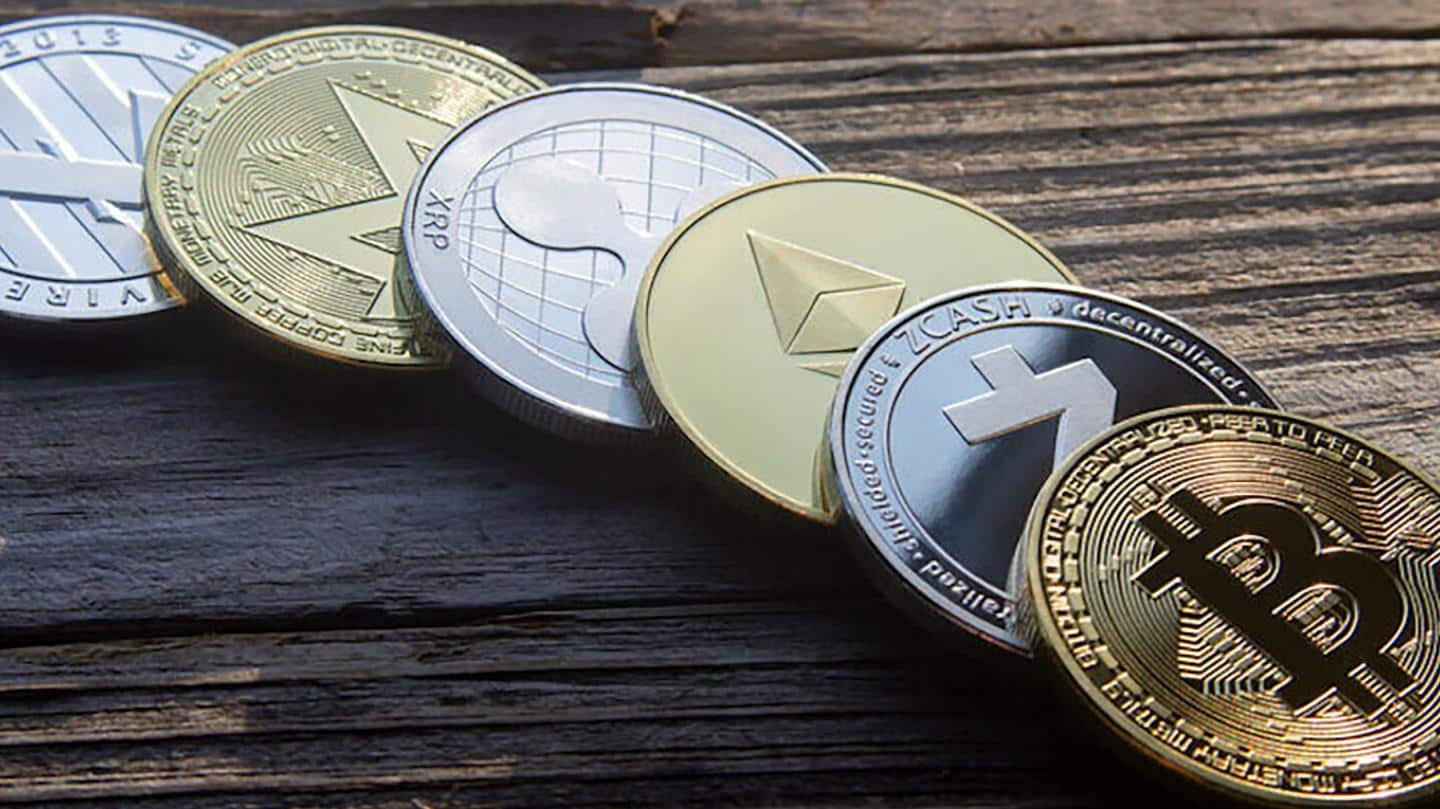#NewsBytesExplainer: How 1% TDS on cryptocurrency transactions will be levied
What's the story
India's cryptocurrency market is holding its breath as the fateful July 1 approaches. Transfers of virtual digital assets (VDA), including cryptocurrencies and NFTs, are set to attract an additional tax deducted at source (TDS) of 1% from July 1 onward.
As the day nears, let's take a look at what this new tax regime actually means for the stakeholders.
Context
Why does this story matter?
As the government is working on a new law to regulate cryptocurrency in India, another tax on cryptocurrency will come into effect on July 1.
The 1% TDS is in addition to the already existing 30% tax on profits arising out of cryptocurrency.
It is an attempt by the government to regulate crypto transactions from an early stage.
TDS
Crypto sale transactions over Rs. 10,000 will attract TDS
In the 2022-2023 Union Budget, Finance Minister Nirmala Sitharaman had announced a 1% TDS deduction on VDA sale transactions.
The tax will apply in cases where the sale consideration exceeds Rs. 10,000. The threshold limit for TDS deducted is Rs. 50,000 for specified persons.
According to the government, the TDS on cryptos has been introduced to keep tabs on buyers and the money trail.
Information
Section 2(47A) of IT Act defines VDA
The government introduced clause 47A under Section 2 of the Income Tax Act to define VDA. As per the definition, VDA is any information, code, number, or token, except Indian or any other foreign currency, that is generated through cryptographic or other means.
Onus
On whom does the onus of deducting TDS lie?
The Central Board of Direct Taxes (CBDT) has clarified that the person making the payment to the seller has to deduct TDS. This could be a buyer, an exchange, or a broker.
TDS needs to be deducted from the selling price. Only after such deduction can the person making the payment transfer the amount to the seller.
Exchange/broker
Who has to pay the tax?
Where the transaction is directly between a buyer and seller, the buyer is required to deduct the tax under Section 194S of the Act.
In cases of VDA transactions through an exchange, the onus lies on the exchange making or crediting payment.
However, if the transaction between the exchange and seller is done through a broker, the onus is on the exchange and broker.
Exchange owned
What happens if VDA is owned by the exchange?
In cases where the VDA is primarily owned by an exchange, the primary responsibility is on the buyer or his broker to deduct TDS. However, by entering into a written agreement with the buyer or his broker, the exchange can agree to pay the tax.
In such cases, the exchange will have to furnish a quarterly statement for all such transactions.
In kind
What is the rule in cases of non-cash payment?
VDA transactions sometimes involve making payments in kind. In such a scenario, the buyer will have to release the consideration in kind after the seller shows the proof of tax payment.
Where a VDA is exchanged against another VDA, both buyer and seller need to pay tax and show the evidence to each other. This would then be reported in the TDS statement.
